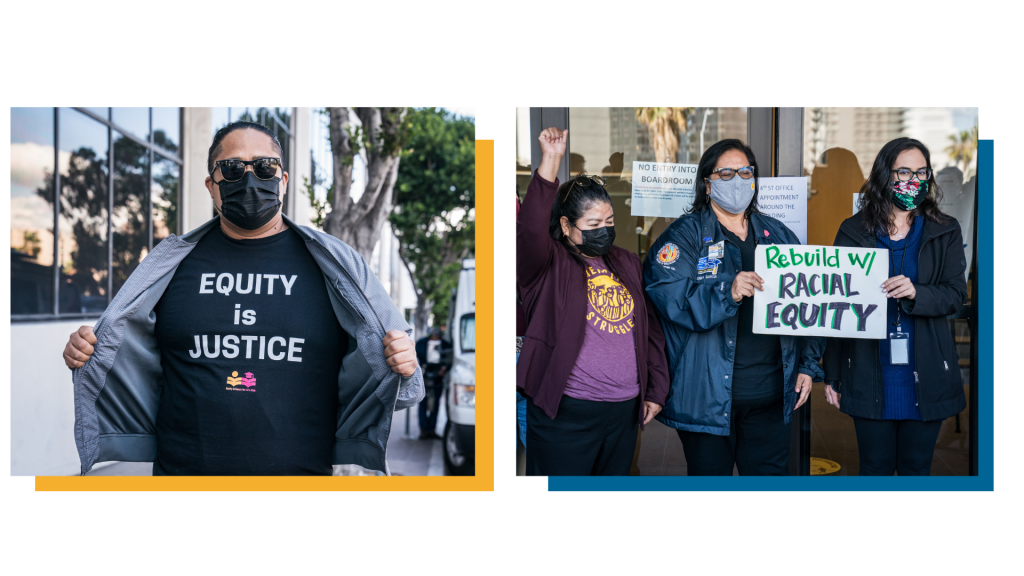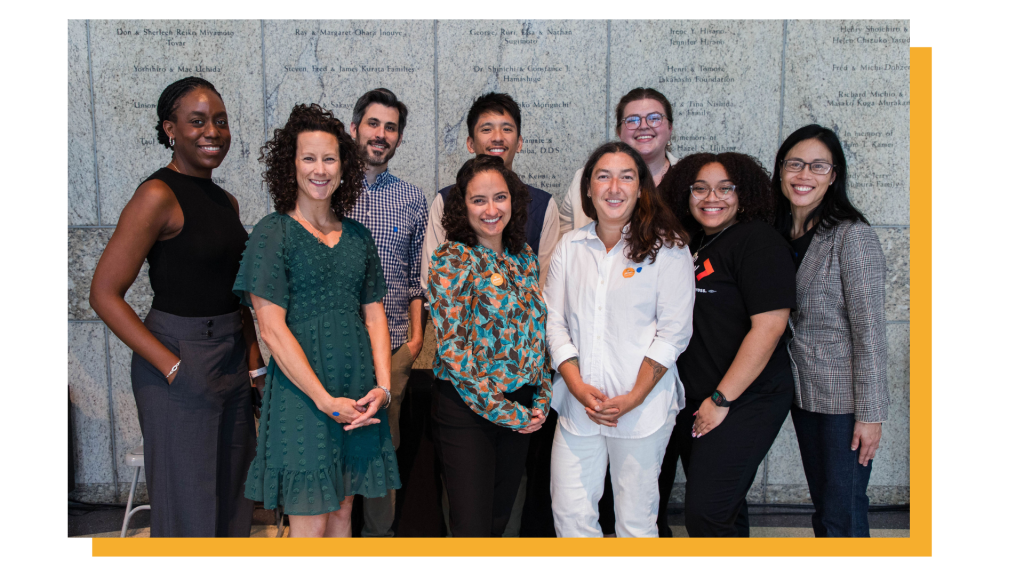
Let’s Talk … Equity and Inclusion
A closer look at the policies and programs working to address racial disparities in California
August 22, 2024
At a time when the whole world seems like it is on fire – with catastrophic heat waves, devastating wildfires, and horribly tragic events at home and abroad — it is difficult to find pockets of hope and optimism. However, those moments can be frequently found in our daily lives — for me, they come from being surrounded by people who are working and fighting to build a brighter future for us all.
Growing up I was taught that if you just work hard enough and stay out of “trouble,” America is the place where you can be successful. Achieving the “American Dream,” pulling yourself up by your bootstraps, and dreaming beyond your circumstances were lessons taught to me at an early age. Now, as an adult, I have come to understand that striving for that ideal is not an easy task and that there is a much fuller picture – one of economic, racial, and social disparity – that may impede the road to that success.
Richard Rothstien, the author of “The Color of Law”, eloquently describes the understanding of the machinery of government policy and how cities from San Francisco to Boston became so divided. The book conveys how federal, state and local governments systemically imposed residential segregation with undisguised racial zoning, public housing that purposefully severed previously vibrant communities, subsidies for builders to create whites-only suburbs, and tax exemptions for prejudiced institutions. Throughout the book, the author outlines how policymakers, the police, and prosecutors upheld, sometimes through violence, these standards and how such policies still influence and perpetuate systemic racism.

Over the past couple of years, I have been lucky enough to work with passionate racial equity advocates who consistently face waves of apprehension and hurdle after hurdle to advance the work necessary to build a world where people are treated with dignity and equity. Historically, this work has taken many forms. For example, it could mean a fight to provide government resources to create job training, food assistance, and affordable housing programs to uplift people out of poverty. On the other hand, it could also mean looking at the demographical data – communities and populations – who have faced systemic harms and working to advance programs and policies to right these wrongs.
In 2020, in light of the pandemic and the racial reckoning the nation experienced, representing NextGen alongside other advocates, we mobilized an effort to create a sustainable way for California to put itself on a path towards anti-racism. Two years later, the state’s first Racial Equity Commission was created by Governor Newsom’s Executive Order N-16-22. The goal of the Commission is to create a statewide Racial Equity Framework that will assist the government in better meeting the needs of the state’s diverse communities, while strategizing approaches to put California on a path towards anti-racist policies and government processes.
It is unrealistic to expect the government to address this problem in a silo, therefore the California Racial Equity Coalition (CREC) was formed to ensure the Commission remains committed to their mission and is as successful as possible. The CREC is composed of policy advocates, researchers, organizers, community advocates, and equity partners dedicated to institutionalizing racial equity policy and programmatic work within state government – NextGen Policy is a proud member of this important group. The Coalition recently published an op-ed to elevate and amplify the importance of enacting a state budget that prioritizes eliminating inequities, even during a time of budget deficit, so as not to perpetuate economic, racial, and social disparities.

In July of this year, the Racial Equity Commission held its third meeting. The meeting provided an update on the Commission’s progress to date as well as designated time to learn more about how the state utilizes data in the policy and program implementation process. The coalition showed up in full force, providing public comment and sharing the perspectives of the many communities we represent.
The CREC will continue to engage with the Commission and support state agencies and departments as they embark to create and implement their racial equity frameworks. There are two meetings left for the Commission before the end of the year and we hope to wrap up this year with a solid understanding of the complexity of the work ahead and a strong foundation to begin to tackle this work. At the end of the day, the Commission is just one piece of the larger puzzle to combat the historical harms of decisions made in the past and put in place the structures needed to institutionalize anti-racism going forward. Although, at this stage of the game, this work still feels like we are climbing uphill, many state departments and agencies are already on the path towards success. With the additional support of racial equity advocates and the pathways the Commission will develop and lay out, I know we are on the road to a brighter future.
Thanks for reading,
Elena Santamaria
